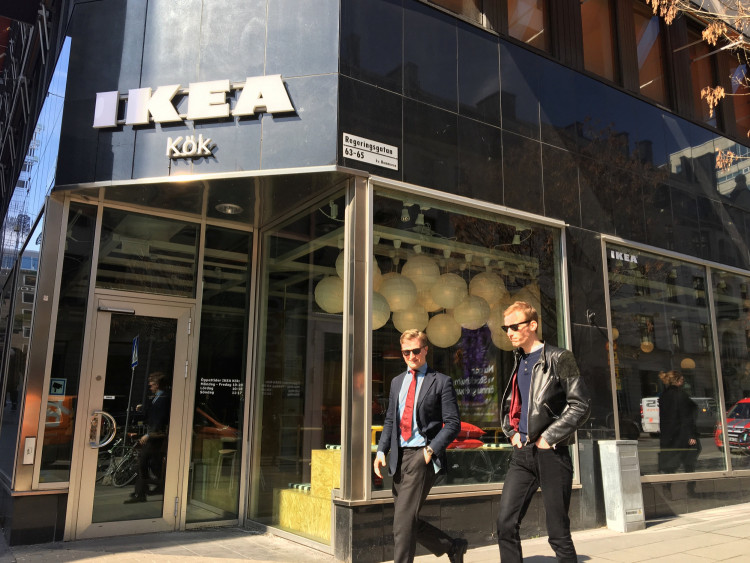IKEA, the world's biggest furniture company, tapped China's Xiaomi to bring its smart lighting range TRADFRI to the millions of Chinese consumers. The partnership was announced during the MIDC conference held recently in Beijing.
Under the partnership, IKEA's smart lighting products will be connected to Xiaomi's Internet-of-Things starting this December. This would mean that Xiaomi's products, including Xiao AI voice assistant and the Mi Home app, will have access to control IKEA's smart lighting products.
The partnership was a milestone for the big Swedish brand as this is the first time that it partnered with a Chinese company.
IKEA's smart lighting range TRADFRI has been integrated with the company's products for the past years already. With the partnership, Chinese consumers will now be able to enjoy the technology at their homes.
Specifically, TRADFRI will allow Chinese consumers to change the light and mood of their homes depending on their current mood or activity in the house. For instance, the lighting can be adjusted to "cold light" which best suits when the household needs to focus on some important activities that require great attention. "Warm light," meanwhile, best suits downtime at home, when everyone is just having quiet moments.
Bjorn Block, Business Leader for IKEA Home Smart at IKEA HQ, said TRADFRI omits people's perception that a connected home is expensive and technologically complicated. IKEA's smart lighting is as simple as having the option to create a mood during intimate dinner with friends instead of going to a high-end restaurant just for the ambiance.
Dian Fan, general manager for Xiaomi lot Platform, said the partnership with IKEA will bring in more interesting options of homeowners. IKEA's smart lighting technology will add up to the various sensors, domestic appliances, AI speakers, and other related products that are already available with Xiaomi's IoT platform.
IKEA's first-ever partnership with a Chinese company came after the Swedish company announced a lackluster profit result in November. Its venture out to the world's second-largest economy may be a strategy at play to cope with the profits plunge.
Specifically, IKEA lost as much as 36 percent from its pre-tax profits in the year to Aug. 31. The profit loss was incurred despite a sales increase of as much as 2 percent, and retail stores increasing at 4.7 percent, as well as online trade jumping to as much as 45 percent.
IKEA seems to be shifting its business strategy towards more Asian countries. On Nov. 20, the Swedish company announced its plans of building the world's largest IKEA store in the Philippines, citing the rising buying power of the Filipino middle class.






